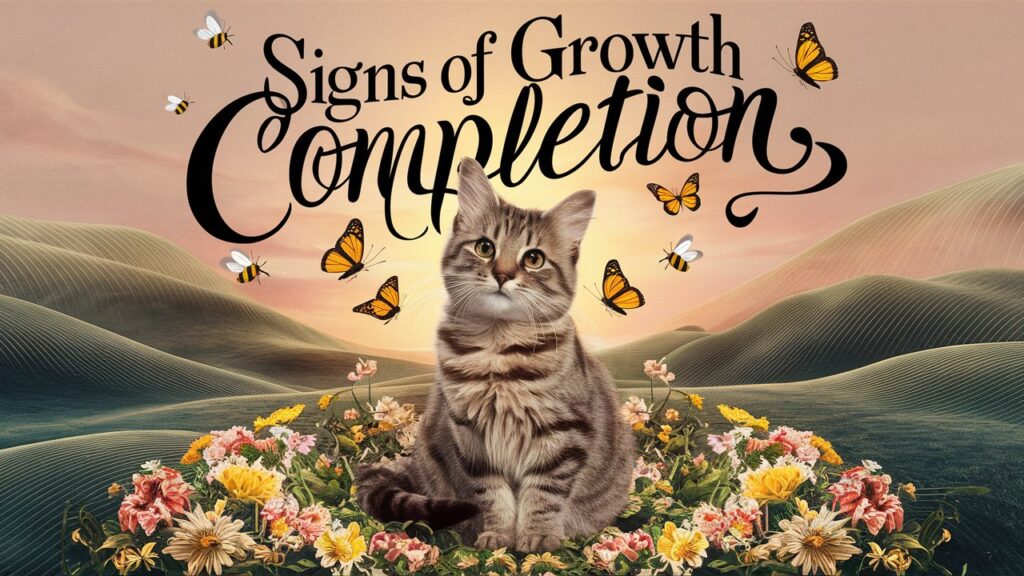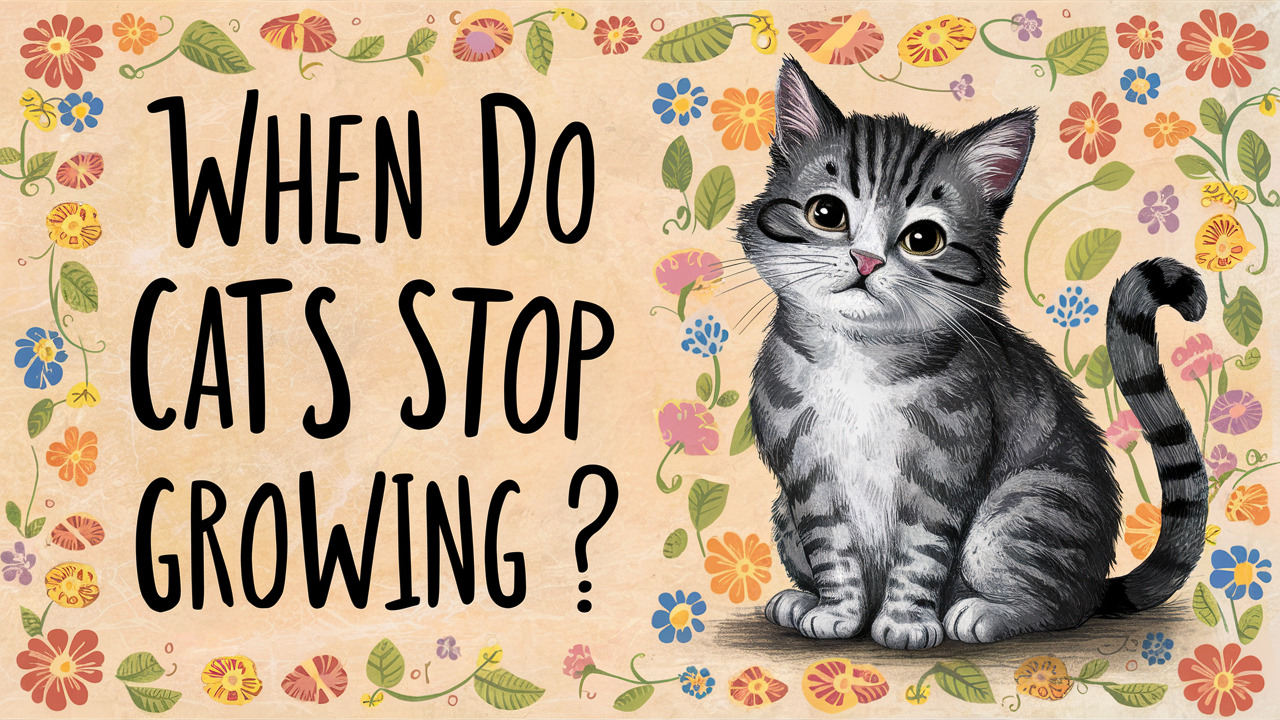Cute cats progress through several distinct stages of growth, akin to humans. From the tiny, helpless newborns to the graceful adults prowling around the house, each phase brings its unique set of changes and milestones. Knowing when cats stop growing can help pet owners provide the best possible care for their furry companions.
Kitten Growth Stages

Birth to 4 weeks: Neonatal stage
In the initial weeks of life, kittens are entirely reliant on their mother for nourishment and warmth. Their eyes and ears are sealed shut, and they spend most of their time sleeping and nursing.
4 weeks to 8 weeks: Transitional stage
During this phase, kittens start to explore their surroundings and develop basic coordination skills. Their eyes gradually open, and they become more active and playful.
8 weeks to 6 months: Socialization and growth stage
This period witnesses rapid growth both physically and mentally. Kittens become more independent, begin to eat solid food, and learn crucial social behaviors from their mother and littermates.
6 months to 1 year: Adolescent stage
Around six months of age, kittens enter adolescence. This stage is marked by hormonal changes, increased territorial behavior, and continued growth, albeit at a slower pace compared to earlier stages.
Factors Affecting Cat Growth
Various factors influence the growth rate and final size of a cat, including genetics, nutrition, health, and breed differences. While genetics largely determine a cat’s potential size, providing a balanced diet and regular veterinary care can optimize growth and development.
Physical Changes During Growth
Weight gain
During the first year of life, kittens experience significant weight gain as they develop muscle and bone mass. Most cats reach their adult weight by the age of one, but the rate of growth may vary depending on individual factors.
Development of body proportions
As cats mature, their body proportions change. They gradually develop a more slender and athletic physique, with fully formed features and proportions by the time they stop growing.
Changes in coat
Kittens typically have softer, finer fur that may change in texture and color as they mature. Breed-specific characteristics also influence coat development, with some cats experiencing more dramatic changes than others.
Signs of Growth Completion

Stable weight
One of the telltale signs that a cat has stopped growing is when their weight remains relatively stable over several months. While slight fluctuations are normal, a consistent weight indicates that the cat has reached adulthood.
Ceasing of physical changes
Once a cat reaches its full size, physical changes such as increased muscle mass or changes in body proportions will plateau. While cats may continue to fill out slightly as they age, significant growth is no longer expected.
Behavioral changes
As kittens transition into adulthood, their behavior may also change. They may become less playful and more sedentary, preferring quiet moments of relaxation over energetic bouts of play.
Conclusion
Understanding when cats stop growing is essential for any cat owner who wants to ensure their pet’s health and happiness. Generally, most cats reach their full size by around 12 months, although some larger breeds may continue to develop until they are 18 months old. During this time, it’s crucial to provide a balanced diet, regular veterinary check-ups, and plenty of socialization to support their growth.
As your cat transitions from a playful kitten to a fully grown adult, remember that individual growth rates can vary based on genetics, nutrition, and overall health. By being attentive to these factors, you can help your feline friend thrive and enjoy a long, healthy life. Keeping an eye on their weight and body condition can also help you ensure they maintain a healthy physique as they age.
Ultimately, knowing the growth milestones of your cat can enhance your bond with them and inform your care strategies as they transition through various life stages. Celebrate each phase of your cat’s life, from the curious kitten to the majestic adult, and cherish the unique companionship they bring into your home.
FAQs
How big will my cat get?
The size of a cat depends on various factors, including breed, genetics, and individual growth rate. While most domestic cats reach an average size of 8 to 10 pounds, some breeds can weigh significantly more or less.
Do all cats stop growing at the same age?
No, the age at which cats stop growing can vary widely depending on genetics, breed, and environmental factors. While most cats reach their full size by one year of age, some breeds may continue to grow until they are two or even three years old.
Should I adjust my cat’s diet as they grow?
Yes, it’s essential to adjust your cat’s diet to meet their changing nutritional needs as they grow. Kittens require a diet rich in protein and essential nutrients to support their rapid growth and development, while adult cats may benefit from a more balanced diet to maintain optimal health.
What if my cat seems small for its age?
If your cat appears smaller than expected for its age, it’s essential to consult with a veterinarian to rule out any underlying health issues. While some cats may naturally be smaller due to genetics or breed characteristics, significant deviations from the expected growth curve could indicate a problem.
When should I consult a vet about my cat’s growth?
If you have any concerns about your cat’s growth or development, it’s always best to consult with a veterinarian. They can assess your cat’s overall health and provide guidance on proper nutrition, growth monitoring, and any necessary medical interventions.
